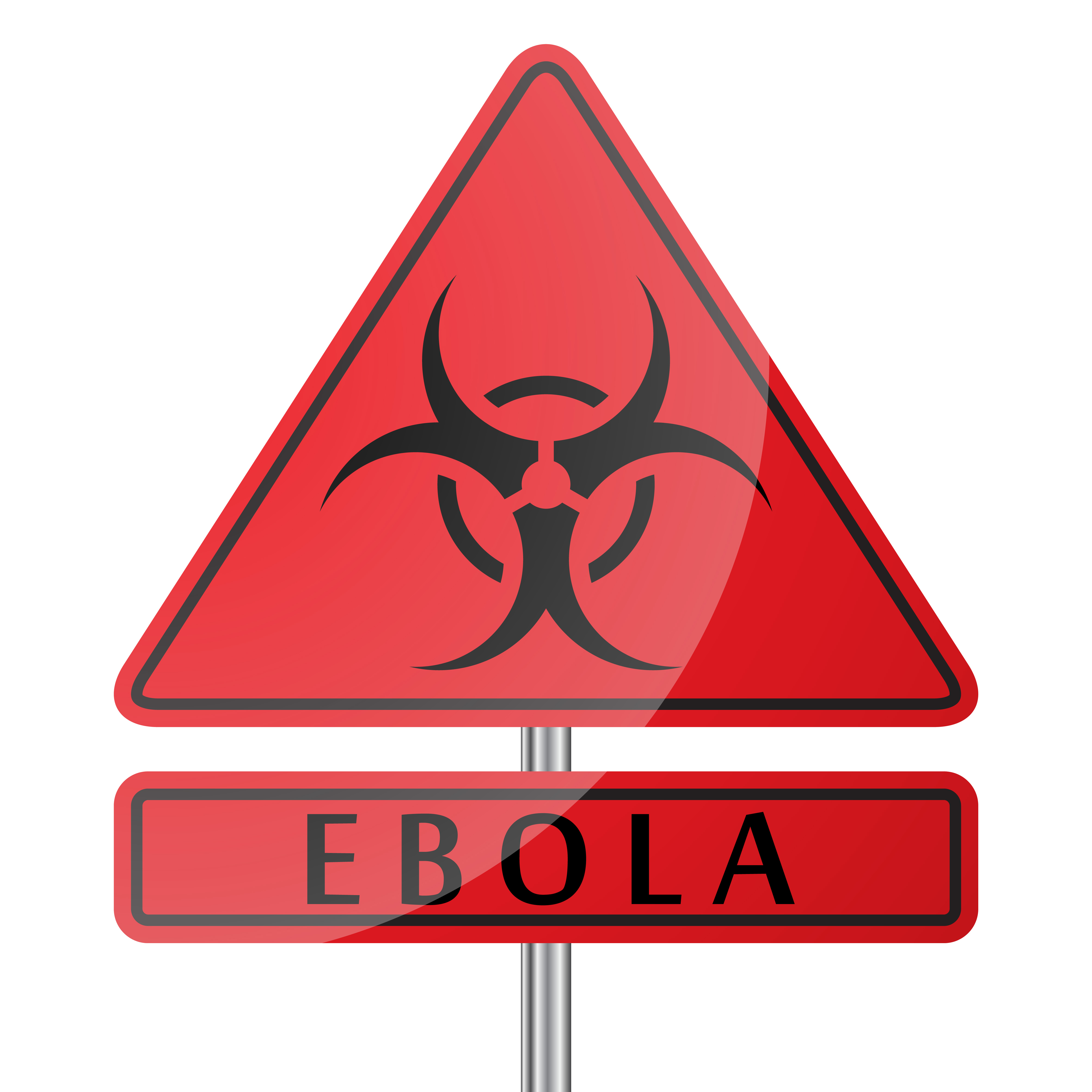The US Environmental Protection Agency (EPA) has taken two actions to expand chemical release reporting under its Toxic Release Inventory (TRI) program. EPA administers TRI as one of the distinct programs created by the Emergency Planning and Community Right-To-Know Act of 1986 (EPCRA, also referred to as SARA Title III). EPA has finalized its previously-proposed addition of 12 chemicals, and separately has proposed to tighten existing requirements for two more. (I’ve discussed TRI several times, including HERE. The rest of this note discusses these changes.
Audit, Compliance and Risk Blog
EPA expands Toxics Release Inventory chemical list, and proposes lower reporting thresholds for PFAS chemicals
Posted by Jon Elliott on Mon, Jan 09, 2023
Tags: EPA, chemical safety, Toxic, Toxics Release
FTC considering changes to environmental advertising “Green Guides”
Posted by Jon Elliott on Wed, Jan 04, 2023
The Federal Trade Commission (FTC) administers longstanding protections against advertising that uses “false” or “misleading” advertising to induce consumers to buy products that do not perform as advertised, or that produce consequences different from those advertised. FTC’s rules include its “Guides for the use of environmental marketing claims” – generally called “Green Guides” (16 CFR part 260). FTC first issued the Green Guides thirty years ago in 1992 and revised them in 1996, 1998, and 2012. (I most recently discussed the Guides, and the FTC Act of 1914, HERE ). On December 14, 2022, FTC voted to seek public comment on the content and interpretation of meaning of the existing Guides, and the sorts of changes and updates that would enhance their ongoing value to consumers. The remainder of this note summarizes the existing Green Guides, and FTC’s questions for public comment.
Read MoreTags: Environmental, Environmental Policy, FTC
EPA progress reducing Clean Water Act significant non-compliance
Posted by Jon Elliott on Thu, Dec 08, 2022
On November 22, the US Environmental Protection Agency (EPA) announced the success of its ongoing National Compliance Initiative for “Reducing Significant Non-Compliance (SNC) with NPDES Permits,” addressing high levels of non-compliance with individual permits to discharge water pollutants under the Clean Water Act’s (CWA’s) National Pollutant Discharge Elimination system (NPDES). EPA started the Initiative in fiscal year (FY) 2018, in cooperation with delegated state water quality agencies, after compiling and evaluating permit holders’ data showing significant non-compliance by over 20% of the 46,000 permitted facilities around the country. The Initiative’s goal has been to cut non-compliance in half by the end of FY 2022. EPA’s November 22 report claims that this goal has been exceeded, with significant non-compliance rates down to 9%.
Read More
Tags: EPA, clean water, CWA, Clear water, NPDES, water pollutants, water, SNC
The federal Occupational Safety and Health Administration (OSHA) provides additional non-regulatory guidance for the evaluation and reduction of workplace hazards that aren’t directly regulated by its standards. For example, OSHA provides a resource webpage on Seasonal Flu, which it recently updated with provide additional guidance and links to other health agencies’ resource pages.
Read More
Tags: Health & Safety, OSHA, Healthcare
Proposal to Require Climate Risks and Resilience Plans from Significant Federal Suppliers
Posted by Jon Elliott on Mon, Nov 28, 2022
On November 10, the Biden Administration announced a proposal to amend the Federal Acquisition Regulation (FAR) to require “major federal suppliers” and “significant federal suppliers” to disclose their greenhouse gas (GHG) emissions and assessments of climate-related risks, and to set targets for GHG emission reductions. The rest of this note summarizes this proposal.
Read MoreTags: Environmental, Greenhouse Gas, ghg, CO2 Emissions, Environment, Environmental Policy, Climate, FAR, NASA, DOD
The federal Occupational Safety and Health Administration (OSHA) is best known for its regulatory standards, but also provides additional non-regulatory guidance for the evaluation and reduction of workplace hazards that aren’t directly regulated. As an example, OSHA provides a resource webpage on Workplace Stress, which it has recently emphasized in its outreach efforts.The rest of this note summarizes OSHA’s information.
Read MoreTags: OSHA, Mental Health, Workplace Stress
EPA releases data from latest mandatory greenhouse gas emission reports
Posted by Jon Elliott on Fri, Nov 18, 2022
For over a decade, the US Environmental Protection Agency (EPA) has required thousands of facilities and organizations to report annual emissions of greenhouse gases (GHGs) (40 CFR part 98). The most recent reports were due in April 2022, covering 2021 emissions from more than 8,000 entities (I summarized these requirements HERE https://blog.stpub.com/mandatory-ghg-epa-reports-due-april-1-2022). EPA has now published summary compilations of these data, showing an overall 4% increase in emissions compared with 2020. EPA attributes the increases to economic expansion coming out of the COVID-induced downturn, and reminds readers that reported emissions are generally lower than in those first reported for 2010-2011.
Read MoreTags: Environmental risks, Environmental, Greenhouse Gas, CO2 Emissions, Environmental Policy
Employee’s “Silent Acquiescence” to Employer’s Change in Terms of Employment May Undo Actionable Constructive Discharge
Posted by Jon Elliott on Mon, Nov 14, 2022
After an employer discharges an employee, the (ex) employee may be able to sue claiming that the discharge was unjustified or“wrongful,” depending on the terms of any applicable employment contract andthe circumstances of the discharge. One complicated set of circumstances involve discharges that are “constructive” rather than explicit/actual. Whereas an employer may commit an actual breach by dismissing an employee without cause and without sufficient advance notice or severance pay, a constructive breach occurs when an employer forces the employee to accept a fundamental (or in some formulations, “substantial”) change in the employment relationship or quit.
Read MoreTags: Employee Rights, Protecting employees, Employment, Employment Law, Employment Termination
OSHA revises log-in and account requirements for electronic Injury and Illness reporting
Posted by Jon Elliott on Mon, Nov 07, 2022
The Occupational Safety and Health Administration (OSHA) requires most employers with 10 or more employees at any “establishment” to prepare and maintain records of occupational injuries and illnesses (I&I) as they occur (I&I Logs). OSHA also requires employers to post an annual I&I Summary in each workplace “establishment” by February 1, summarizing I&Is in that workplace during the previous calendar year. OSHA also requires some employers to submit some of their I&I information electronically to the agency for review and compilation. (I wrote about revisions proposed in March 2022 HERE). In October, OSHA revised electronic procedures for its Injury Tracking Application (API), which subject employers must be ready to use for electronic reporting of 2022 information no later than March 2, 2023.
Read MoreTags: Health & Safety, OSHA, API, electronic I&I
Ebola virus: What to do when an employee is about to travel to Uganda or another affected country
Posted by BLG’s Labour and Employment Group on Mon, Oct 31, 2022
These past few weeks, the World Health Organization (WHO) has expressed concern regarding an outbreak of the Ebola virus in Uganda. While this is now the fifth wave of this virus to hit the country, current victims do not appear to respond to vaccines quite as well as in the past. The responsible strain therefore presents a very high mortality rate, ranging between 90 and 100%.
The article below was first published during a previous outbreak of the virus in 2014, and was updated to address the current situation in 2022. We recommend that you keep an eye on the Public Health Agency of Canada’s latest guidelines.
What is Ebola?
Ebola is an hemorrhagic fever. Its incubation period lasts between 2 to 21 days. Contamination is possible as soon as the first symptoms arise and the risk lasts as long as the virus is present in an individual’s blood. Inter-human transmission can occur through direct contact with infected blood or other bodily fluids, or by touching an object soiled with the same secretions.
Providing health care, participating to funeral rites and having sexual contacts with an infected person carry the most risks when it comes to contracting the virus. As well, consuming wild animals’ meat or being in contact with infected animals may also expose humans to the virus.
Recommended measures for employers
As an employer, how should you react when an employee announces that they have made travel plans to a country at risk?It should be noted that no case of an Ebola virus infection has been identified in Canada as of publication date. However, the employer can take action to protect the workplace when an employee returns from visiting an affected area.
Since the incubation period of 21 days is significant, preventive measures will help to ensure the employee will not lose pay, nor have to exhaust their accrued time-off days.
1. Before departure
-
Check with the employee as to their itinerary and date of return on Canadian soil.
-
Provided the employee's functions allow it, establish a work-at-home agreement for their first few days back on Canadian soil and provide them with the tools necessary to perform their functions.
-
Inform the employee that they must follow the guidelines for symptom self-monitoring for 21 days following their return, including taking their temperature daily, and make the employee’s commitment to this agreement a condition for returning to the workplace.
-
Advise the employee not to report to work if they have a fever or show other symptoms (such as muscle aches, a headache or sore throat, vomiting, diarrhea, a rash, bleeding gums, etc.) Visit the WHO’s page about Ebola to learn more.
-
Notify the employee that they will have to leave the workplace in case of a sudden onset of fever or other symptoms during the day.
-
Notify the employee that if they seem feverish, they will not have access to the workplace until a medical certificate attests their fitness.
2. Upon returning
-
Remind the employee of their commitment to self-monitor, and that access to the workplace will be denied them in case of a fever.
-
Direct the employee to health services in case of a fever or the appearance of other symptoms.
3. General preventive measures, actionable immediately
-
It is desirable to modify vacation application forms so that employees disclose their travel destination, to facilitate preventive measures before and after their return.
-
Likewise, if the employer authorizes employees to work from abroad, the teleworking policy should include a duty to divulge any change in location and any location visited while working abroad, at least 30 days prior to the employee’s return to the employer’s establishment.
If your organization provides health care or works with vulnerable or immunocompromised persons, additional precautionary measures may be necessary.
Contact the BLG Labour and Employment Law Group for assistance with planning and deploying adequate preventive measures, or regarding any other concern you may have as an employer.STP ComplianceEHS (STP) provides a variety of single-law and multi-law services, intended to facilitate clients’ understanding of and compliance with requirements. STP has recently published an update to its guide titled Employment Law: Solutions for the Canadian Workplace.
About the author
BLG’s Labour and Employment Group: For employment law advice on workplace legal issues arising from COVID-19, BLG's Labour and Employment team is ready and available to assist with navigating these unprecedented times. BLG has also created a COVID-19 Resource Centre to assist businesses on a variety of topics, including contractual risks, public disclosure requirements, education and criminal law.
-
By: Katherine Poirier, Don J. Alberga, Catherine Pronovost, Stéphanie Desjardins
-
Services: Labour & Employment
Tags: Business & Legal, Employer Best Practices, Employee Rights, Employment Law, Labour & Employment










